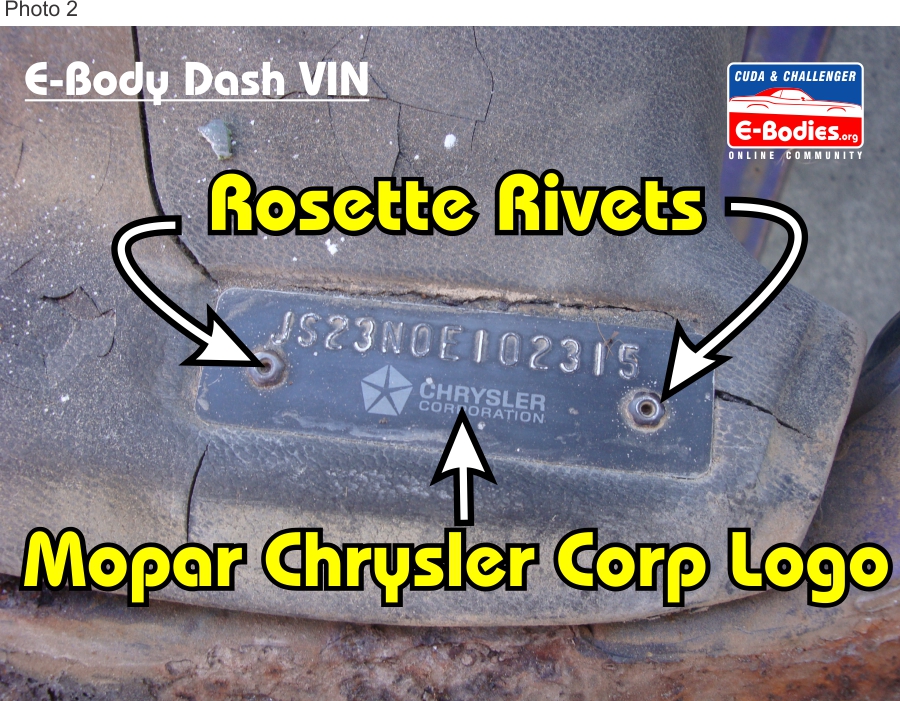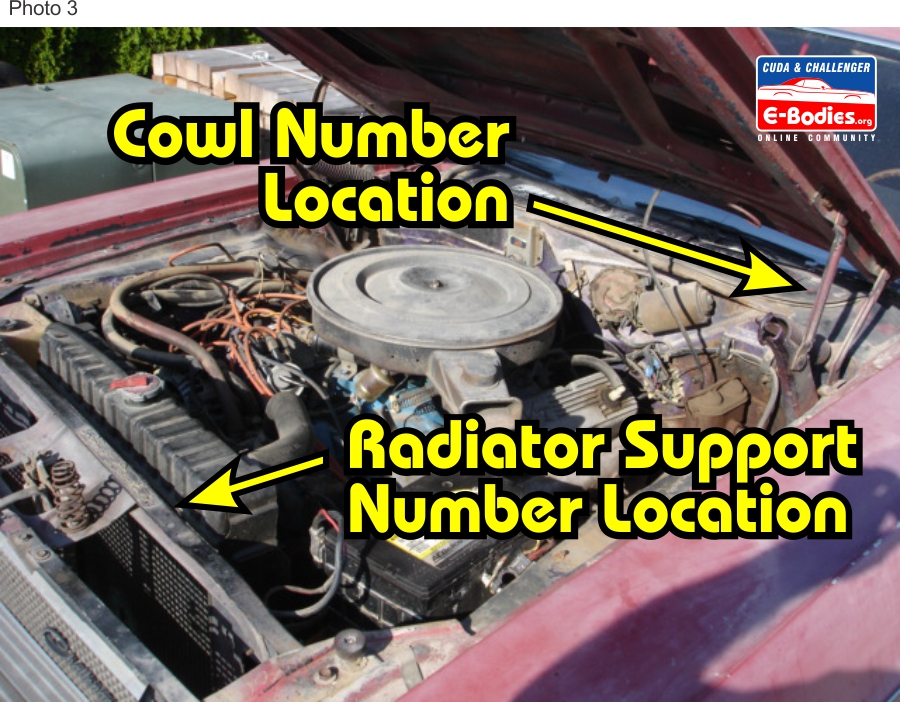It’s always good to have your local DMV do a check to assure the Vehicle is not stolen. If in your search you come across a project that does not have a title at all, don’t give up on the car before you find out more information. You need to first determine why it is missing it’s title. Yes, not having a title is most often a big problem, but it could be something as simple as the current owner lost it. Almost all states make it easy to get a new copy of a lost title and it can often be done quickly without much paper work. Check with the state in which the title was lost to find out their process for resolving a lost title. A small number of states do not title older vehicles and instead only use registrations. If buying a car from a state that only uses registrations for older cars, you’ll need to contact your state, where you want to title the car, to see how they will handle it. Make no mistake, a project without any title or registration is troubling. Unless you come across a very unique situation that can explain exactly why the car does not have a title or registration, I would suggest you keep looking for a different project. Cars without titles are risky and rarely ever worth the hassle.
#2 DASH VIN: The Dash VIN is riveted to the drivers side of the dash pad and can be seen from outside the vehicle by looking through the windshield in the lower drivers side corner. First thing you want to check is see if the VIN matches the Title. All titles will show the VIN and that specific VIN needs to be the same as the VIN riveted on the dash pad. Not one number or letter can be wrong. Close does not work in this situation; it must be a 100% perfect match. Next, take a close look at the rivets and screened logo. Original E-Body rivets have a ‘rosette’ head (see photo 2).
 The Mopar Pentastar with the text “CHRYSLER CORPORATION” are silk screened in white below the embossed VIN number. The VIN numbers are raised during the embossing process and sometimes the flat black paint will be worn. Pretty much all states have laws against removing or modifying these Dash VIN numbers with the intent to deceive or profit by deception so it’s best if it’s still attached to the car’s dash. If it’s removed from the dash, pay very close attention to the next section about hidden Body VINs.
The Mopar Pentastar with the text “CHRYSLER CORPORATION” are silk screened in white below the embossed VIN number. The VIN numbers are raised during the embossing process and sometimes the flat black paint will be worn. Pretty much all states have laws against removing or modifying these Dash VIN numbers with the intent to deceive or profit by deception so it’s best if it’s still attached to the car’s dash. If it’s removed from the dash, pay very close attention to the next section about hidden Body VINs.
Click here for a Dash VIN decoder (Coming Soon)
#3 & 4 COWL & RADIATOR VIN: Now that the Title and Dash VINs are confirmed (i.e. they match), it’s time for the real excitement to begin. Let’s check for the hidden Body VINs! Most people in this hobby call them Body Numbers or Body VINs and in fact they are really only a partial VIN. The hidden Body VINs are stamped in two locations (Cowl & Radiator Support). The first letter in this stamping will be the manufacturing plant and since E-Bodies were only built at two locations it will be either a B or E (B=Hamtramck, MI or E=Los Angeles, CA), the next number will be the year the E-Body was built (0=1970, 1=1971, 2=1972, 3=1973 4=1974), and then, after a space, the remaining 6 numbers are the specific serial numbers of the vehicle VIN (last 6 numbers of the Dash VIN). Those 8 simple characters can confirm that the body is original and can be labeled “numbers matching”. There is one small detail you might notice when looking at these Hidden Body VINs. The Year and the Manufacturing Plant codes are stamped in reverse positions. For example, in photo 2 you see the VIN is JS23N0E102315. So the last 8 of that VIN is 0E102315, but the hidden Body stamps will have the letter “E” and “0” switched in position like this E0 102315. I’ve never understood why they stamped it this way, but I’m sure they had a good reason. Just know that reversing the first two characters on the Body VINs is normal on all E-Bodies.
Start by checking for the Cowl VIN which is stamped just to the driver’s side of the wiper screen opening on top of the cowl. You’ll need to open the hood to see these numbers. See photo 3 for location.
